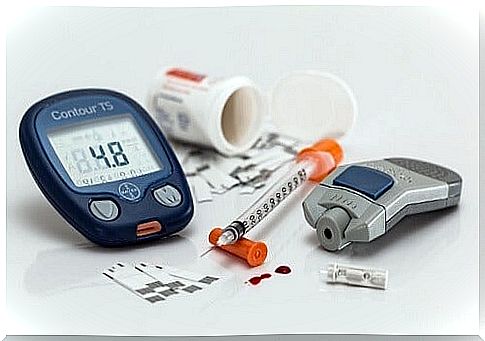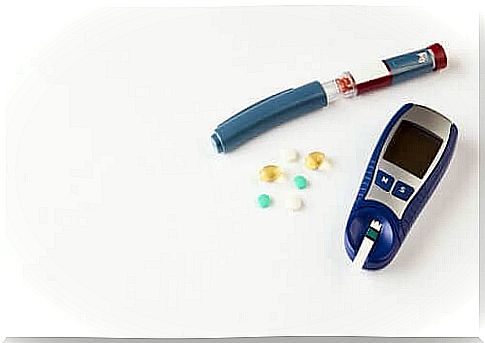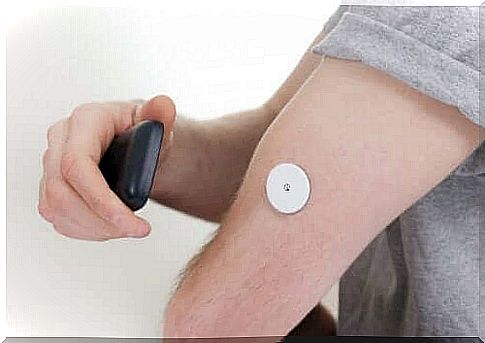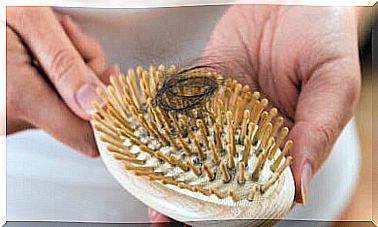3 Devices To Control Diabetes
Monitoring your glucose level and participating in physical activity are two essential measures to control diabetes.

Any patient with diabetes needs to control their glucose levels. In addition to your doctor’s recommendations, you need to put in place better lifestyle habits that include diet, hydration and a good exercise routine.
The idea is to maintain order and analyze which habits are really beneficial and which are not that much. The patient will be able to give more information to his doctor who can then study in depth the state of his health.
Fortunately, it is not useful to have to resort to pencil and paper to keep a register. Luckily, technology is making our lives easier by giving us a whole host of devices to properly control diabetes.
1. The glucometer, a device to control diabetes

One of the most widely used devices for controlling diabetes is the glucometer, especially for its ease of use. Many patients with diabetes use glucometers to monitor their glucose levels from the comfort of their own home.
Thanks to this device, it is possible to instantly know your blood glucose level. This information will allow the patient to take the necessary action if necessary.
The principle is the following: a small drop of capillary blood will allow in a few seconds to obtain a result in mg / dL. Unlike tests performed in hospital settings, it is not useful to induce a spike in hyperglycemia. The reading is carried out according to the values obtained on the device.
With hyperglycemia testing, the patient must necessarily consume a certain amount of glucose on an empty stomach. The result is usually obtained two hours later.
2. Installation of sensors

Now, another device is starting to be used to control diabetes. It is now possible to collect real-time information on the level of glucose in the blood thanks to a sensor which is located under the skin on the forearm. This allows for continuous monitoring.
Unlike other devices, sensors measure interstitial tissue glucose, that is, tissue glucose, and not blood glucose. These sensors cannot therefore replace the glucometer: they are simply complementary tools for controlling diabetes.
These sensors are of great help because, in addition to collecting a greater amount of information that will allow for more complete analyzes, they warn patients by means of alarms between ten and thirty minutes in advance before a peak of hypoglycemia or hyperglycemia.
The alarms allow the patient to take the necessary measures to control any peaks and thus maintain, as far as possible, a good quality of life.
The Roche sensor is implanted in the arm and must be changed every semester. The other sensors available on the market must be changed every week or every two weeks. The Roche sensor therefore has a great advantage over those of other brands: it offers the patient greater peace of mind.
3. Using cell phones
The majority of models include a control application which is associated with the sensor and which collects information automatically via the mobile phone. More concretely, this is possible thanks to the distances traveled throughout the day and the energy expenditure linked to physical activity.
It should be noted that the mobile application is a novelty which is of great utility for the control of diabetes. Thanks to a device that we use on a daily basis, data collection is facilitated. This is ideal for carrying out a more in-depth analysis of the patient’s state of health.
Current diagnoses allow patients with diabetes to enjoy a better quality of life. To properly control diabetes and limit spikes, it is essential to take a few steps, such as :
- monitor blood sugar before, during and after physical activity;
- plan physical activity in advance so that you can consume the appropriate amount of carbohydrates and adjust insulin doses;
- consume carbohydrates during a series of exercises, if this series is of long duration.
Thanks to all these devices, the patient will only have to look at the different screens to know, in real time, how his diabetes is doing. Without a shadow of a doubt, all of these devices have significantly improved the quality of life of patients.









